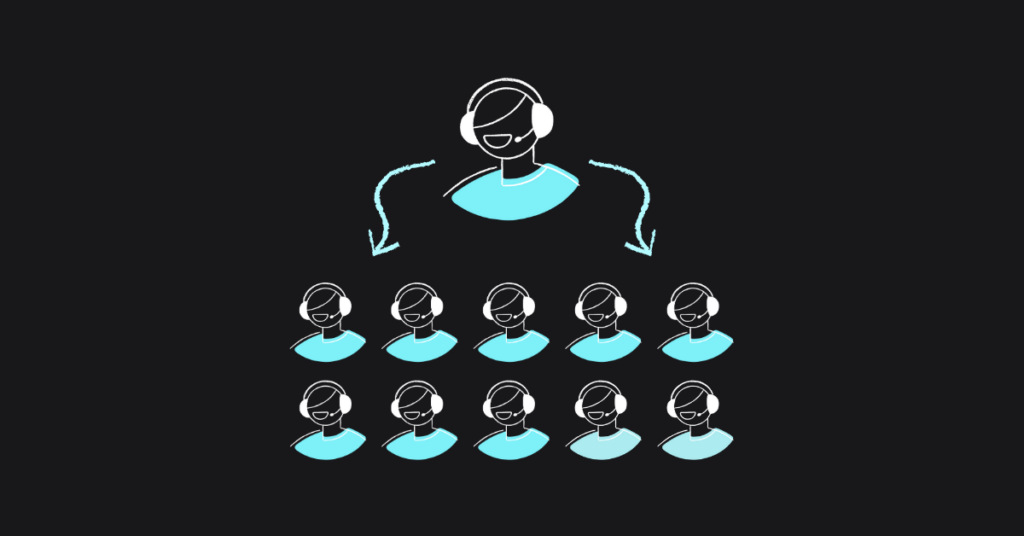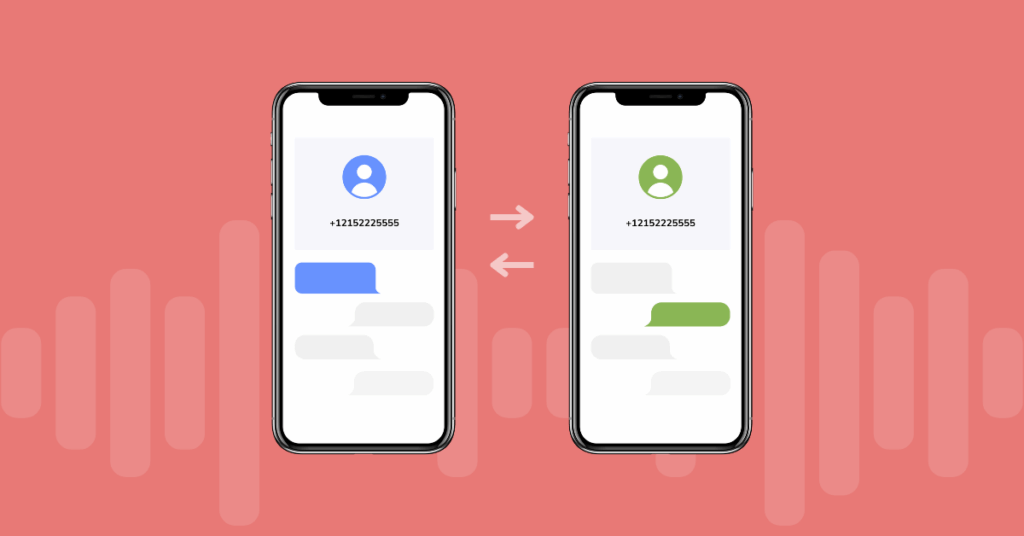
Table of contents
Remote learning has exploded in popularity in recent years. There’s something for everyone, whether you want to learn a new skill or even get a diploma. From remote tutoring to full-fledged online courses, there are several options available depending on how much time and money you want to invest in e-learning. Full-fledged online courses offer comprehensive curriculums that can cover topics in depth, often leading to certifications or degrees. These courses provide structured learning paths and access to expert instructors, making them ideal for those who are serious about gaining new skills or advancing their knowledge in a particular field.
There’s never been a better time to launch your own remote learning business. The current pandemic has forced companies to rethink their training and work processes. It’s a safe bet to assume that more businesses will be willing to let their employees work and learn remotely. That’s a great opportunity for content creators and others who are interested in teaching their skills to a wider audience.
Video content to online learning
But even if you know you have the skills and that people want to learn from you, how do you translate that desire into a viable business model? Launching a remote learning business is very different from having a monetized Youtube channel, which has long been the way content creators make money online. Remote learning courses have to be structured and offer more to their audience in order to build a consistent revenue stream.
If you’re looking for some tips on setting up your own remote learning business, keep reading!
Know your audience
Who are the people who will be paying to learn from you? If you already create content on some platform and have an audience, you can ask them. Build a profile of the kind of person who will sign up to learn the skills you’re teaching. Think in terms of key characteristics that will help you with creating content such as:
- How old are they?
- What gender are they? This question may not always be relevant for your business
- Where are they watching you from? In other words, is your audience scattered worldwide or concentrated in your local area?
- What do they hope to achieve by learning this new skill? Are they looking to advance professionally in their career or simply take up a new hobby?
- What kind of obstacles are they struggling with when it comes to learning this skill? Which areas are they more interested in getting help from you?
The thing to remember is that your target audience is roughly about 20% of your current audience. These are the people who will pay to learn some skills from you. So, create a model of the kind of person you’re looking to reach. You can create a small profile to help you plan your strategy.
For instance, suppose you’re planning to teach a course on the basics of paper crafting.
Create your audience profiles
Your audience profile might look like this:
Women with disposable income between the ages of 25 to 65, located in North America and Europe. They are interested in learning a new hobby and how to use the various tools creatively. Most people struggle with getting started, what equipment to buy, and how to combine multiple mediums in one project.
If you are teaching a more technical skill such as a programming language, then your audience profile may be:
Young, professional men and women across the world who are interested in gaining new skills to augment their current job. They are looking to improve their proficiency and want to switch to a new job, get a promotion, or otherwise gain additional responsibilities at work. Their training may be partially or completely sponsored by their company.
Develop a strategy
Based on your audience profile you develop a strategy for the remote learning course and the type of content that is most suitable. Your plan should include:
- Type of content: What kind of content is suitable for the course? Video, audio, documents, exercises, quizzes, etc.
- Course schedules: Will it be a live course conducted at a specific time, pre-recorded sessions they can watch anytime, or a combination of both?
- The number of courses: How many courses i.e, topics will you cover? Is the content structured as individual videos/topics they can buy and complete at any time? You can also create a series of courses, covering a wide range of topics as the audience grows their skills.
- The pricing model: how much is each course? Do you go for a subscription model where they have access as long as they pay? Or do they get permanent access to the course for a higher up-front fee?
Once you’ve nailed the overall strategy, it’s time to get creating the actual course content!
Create content
Depending on your strategy, you will have to create multiple courses. Each course should be laser-focused on a specific topic. If a topic needs more time to cover, then split it into multiple videos. A lot of the specific details will vary based on what skills you’re teaching and the scope of your course.
Suppose the course you’re teaching is about learning how to paint. It’s mainly geared towards beginners who are learning to paint as a creative outlet or hobby. You may want to create 2 separate tracks, so to speak. One would focus on watercolor painting and the other on oil painting. Each of these separate tracks could have its own multi-part courses covering various topics such as supplies, subjects, where to find inspiration and motivation, starting a new creative habit, etc.
Naturally, the number and length of each course depend on the nature of the topic. A course on learning a programming language aimed at university students may have dozens of videos. Each video could feature different aspects of programming with increasingly complex problems or exercises for the student.
You may also want to break up a really wide topic into more manageable, bite-sized chunks. Ideally, each video should contain specific action items that students can accomplish by the end. People who complete the course should be able to take away 2 – 3 important core skills that will help them get to where they want to be.
Decide on a platform
There are so many different online platforms that let you create and sell your courses. They give you all the tools you might need in one place. They take care of the details such as setting up a payment platform, providing forums for your students to discuss your courses, or sending out notifications when a video is uploaded.
However, these platforms also have certain restrictions that you may not want. Since it’s a third-party platform, you may not be able to do everything you want, the way you want to do it. Whether or not you choose a specific platform, it’s always a good idea to have your own website for students to easily find relevant information.
Hosting your own courses
This option takes time, money, and effort to build. You need to have some skills when it comes to managing the website, setting up payments, creating accounts for students who sign up, and so on. The benefit of this approach is that you have total control over course content.
Using a third-party platform
This approach is useful when you lack technical skills or would rather focus on creating good course content. In turn, you rely on the proven expertise of someone who hosts courses for thousands of other creators.
Communications system
Now we come to communications, the final piece of the puzzle. A remote learning business revolves around effective communication. Your students need various tools to communicate with you and with each other if needed. Most e-learning courses have at least a few of the following features:
- A forum for discussion and collaboration
- A place to upload their results and submit assignments
- A method of contacting you if they run into issues during the course
- A process to get private and personal feedback on their progress
- Guidelines and helpful tips to complete the courses successfully
- Instant video or audio calls to communicate with the instructor
- Live chat to get answers to vexing issues
A VoIP-based phone system can bring together many of these features in a single place. You can integrate video conferences, group audio calls, and click-to-call functionality for your website. It allows you to set up various processes for all forms of communication between you and the students. The best part of VoIP phone systems is that you can buy as many resources as you need. As your remote learning business grows, you can add more premium features as necessary. You can start small and either add or remove resources as needed.
As you can see, starting your own remote learning business takes time and effort. But the rewards are worth it. In a world where everyone wants to improve their skills at something, you can teach the skills you know to a much wider audience through technology. You’re no longer restricted by location or even timezones. Teach people what they need to know from the comfort of your home and theirs!
More from the blog
Want to improve your business communication?
Unlock enterprise-class call center power at affordable prices – no hardware, no delays, no surprises!






